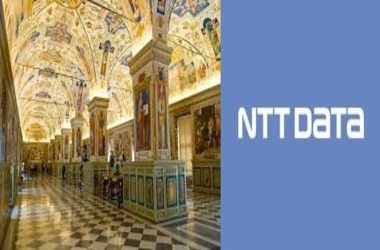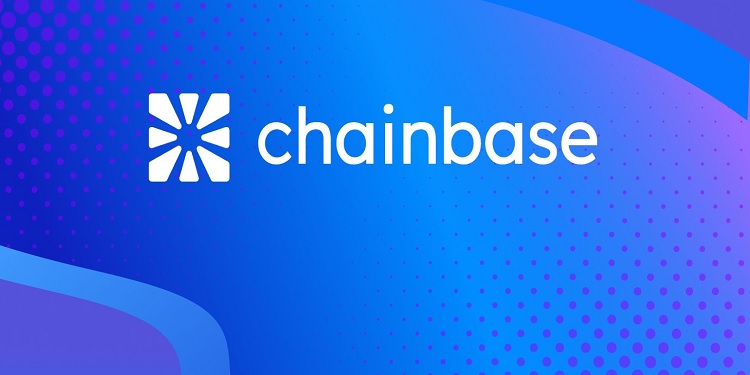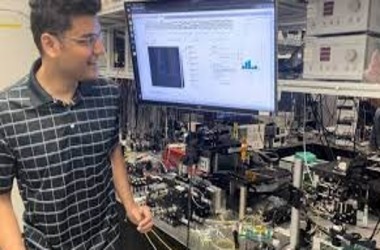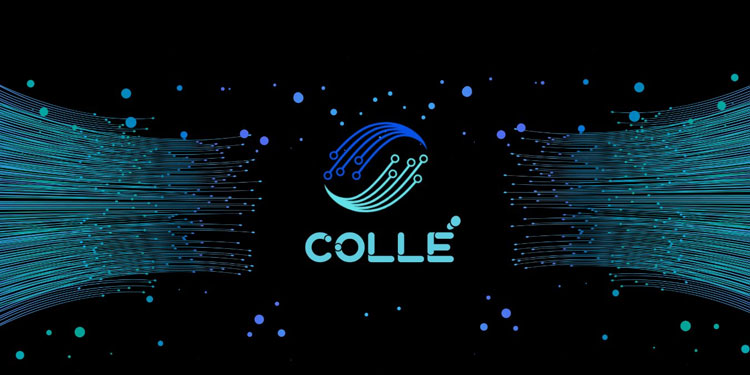 Non-fungible tokens (NFTs) are used for digital preservation at the Vatican Library. NTT DATA, a multinational provider of IT services, has teamed up with the Vatican Library to digitize the latter’s extensive collection of works of art and other cultural artifacts. With the help of their cutting-edge “AMLAD” digital archiving technology, they have achieved this goal. By working together, the two institutions want to ensure the preservation of priceless cultural items and increase public access to them across the world. NTT DATA’s “AMLAD” has been working with the Vatican Library since 2014 to develop a digital archive of the library’s vast collection of cultural items.
Non-fungible tokens (NFTs) are used for digital preservation at the Vatican Library. NTT DATA, a multinational provider of IT services, has teamed up with the Vatican Library to digitize the latter’s extensive collection of works of art and other cultural artifacts. With the help of their cutting-edge “AMLAD” digital archiving technology, they have achieved this goal. By working together, the two institutions want to ensure the preservation of priceless cultural items and increase public access to them across the world. NTT DATA’s “AMLAD” has been working with the Vatican Library since 2014 to develop a digital archive of the library’s vast collection of cultural items.
The Vatican Library Web3 Support Project is the result of joint efforts between NTT DATA and the Vatican Library. This project kicks off their “Web3 Community Platform.” In particular, it makes use of blockchain technology to link the library with its international patrons. Through this project, the library hopes to preserve and provide public access to important portions of human history.
Supporters of the Web3 project may earn NFTs for sharing content about the initiative on social media or by showing their support for the Vatican Library. High-quality digital photographs of fifteen cultural heritage artifacts held by the library are available for viewing with the purchase of Non-Fungible Tokens (NFTs). Explanatory texts designed for the project exist with visual assets.
The library has a massive collection of resources. There are 1,600,000 books in this collection, together with 80,000 manuscripts, 300,000 medals and coins, and 150,000 prints and drawings. The Vatican Library and NTT DATA’s cutting-edge “AMLAD” digital archiving system have joined forces to create the Web3 project. They have also been working together since 2014 to create a digital repository for the library’s extensive cultural artifact collection.
This project is a fantastic illustration of the power of blockchain technology to preserve historical artifacts and make them accessible to people all across the globe. People may participate in this effort by donating to the Vatican Library Web3 Support Project and receiving NFTs in exchange. In addition, the project is illustrative of the possibilities of Non-Fungible Tokens (NFTs) outside of the art and collectibles industry.
I was hoping you could provide me the proper terminology for AMLAD. NTT DATA, a world-famous supplier of IT services, has created AMLAD, a cutting-edge digital archiving system. When shortened to its three-letter form, “Advanced Metadata Library and Digital Archive for Museums and Libraries” is abbreviated as “AMLDA.” It also facilitates the development of digital libraries and museums’ collections. The AMLAD approach combines many cutting-edge systems into one seamless whole. Included in these offerings are metadata management, digital restoration, and 3D scanning. This ensures completeness and accuracy in digital representations of cultural assets.
When it comes down to it, the collaboration between the Vatican Library and NTT DATA for digital preservation is a perfect match. By prioritizing data protection and dissemination, the AMLAD solution has ushered in a revolutionary shift in the industry. It improves the efficiency of search engines and shortens the time it takes to find certain files. In addition, it allows scholars all around the world to access the Vatican Library’s digital holdings.
In addition, AMLAD’s commitment to international data formats and library classifications ensures conformity with both universal norms and the Vatican Library’s unique requirements. With the help of AMLAD, future digital archives will be more easily navigable and accessible than ever before. With the emergence of Web3, which enables the construction of links based on human purpose and trust, the world of digital archiving has undergone a shift.








